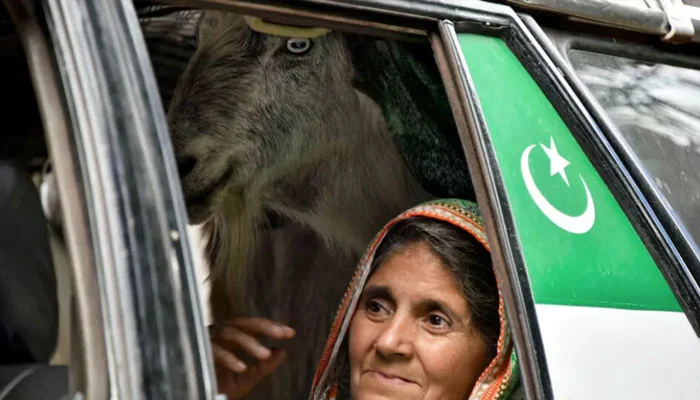- An uneasy calm settled over villages in Azad Jammu and Kashmir (AJK) on Sunday, prompting families to return to their homes while ensuring their bunkers remained stocked with supplies.
- More than 60 lives were lost in four days of intense conflict between arch-rivals Pakistan and India before a US-brokered truce was announced on Saturday.
- At the heart of the hostilities lies Kashmir, a mountainous Muslim-majority region divided between the two countries, often the site of the heaviest casualties.
- On the Pakistani side of the heavily militarized de facto border, known as the Line of Control (LoC), families wearied by decades of intermittent firing began to return home—for the time being.
- “I have absolutely no faith in India; I believe it will strike again. For people living in this area, it’s crucial to build protective bunkers near their homes,” stated Kala Khan, a resident of Chakothi which overlooks the Neelum River, the dividing line, offering a view of Indian military posts.
- His family of eight sought shelter overnight and during parts of the day beneath the 20-inch-thick concrete roofs of two bunkers.
- “Whenever there was Indian shelling, I would take my family into it,” he recounted about the past few days.
- “We’ve stored mattresses, flour, rice, other food supplies, and even some valuable belongings in there.”
- According to a local administrative officer, over a thousand bunkers have been constructed along the LoC, approximately a third by the government, to safeguard civilians from Indian shelling.
No Guarantee
- Pakistan and India have engaged in several wars over Kashmir, and India has long contended with an insurgency on its side, waged by freedom groups seeking independence or unification with Pakistan.
- New Delhi accuses Islamabad of supporting these freedom fighters, citing an April attack on tourists as the catalyst for the latest conflict.
- Pakistan denied involvement and called for a neutral, independent, and international investigation.
- Limited overnight firing between Saturday and Sunday made some families hesitant to return to their LoC homes.
- In Chakothi, nestled amidst lush green mountains and surrounded by abundant walnut trees at the foothills, half of the 300 shops remained closed, and few people ventured onto the streets.
- — AFP
- “I’ve been living on the LoC for 50 years. Ceasefires are announced, but after a few days the firing starts again,” said Muhammad Munir, a 53-year-old government employee in Chakothi.
- He emphasized that the poor bear the brunt of the endless uncertainty and the search for safety along the LoC, adding, “There’s no guarantee that this latest ceasefire will hold—we’re certain of that.”
- When clashes erupted, Kashif Minhas, 25, a construction worker in Chakothi, desperately sought transportation to move his wife and three children away from the fighting.
- “I had to walk several kilometers before finally getting one and moving my family,” he told AFP.
- “In my view, the current ceasefire between India and Pakistan is just a formality. There’s still a risk of renewed firing, and if it happens again, I’ll move my family out once more.”
- A senior administrative officer stationed in Muzaffarabad, the capital of Azad Kashmir where an Indian missile struck a mosque killing three people, informed AFP that there had been no reports of firing since Sunday morning.
Serious Doubts
- A resident is pictured inside his damaged house in Chakothi — AFP
- In Indian Illegally Occupied Jammu and Kashmir (IIOJK), hundreds of thousands of evacuees also began to cautiously return home—many echoing the same fears as those on the Pakistani side.
- The four-day conflict deeply impacted both countries, reaching major cities for the first time in decades—with the majority of deaths in Pakistan, and almost all civilians.
- Chakothi taxi driver Muhammad Akhlaq stated that the ceasefire was “no guarantee of lasting peace.”
- “I have serious doubts about it because the core issue that fuels hostility between the two countries still remains unresolved—and that issue is Kashmir,” said the 56-year-old.



